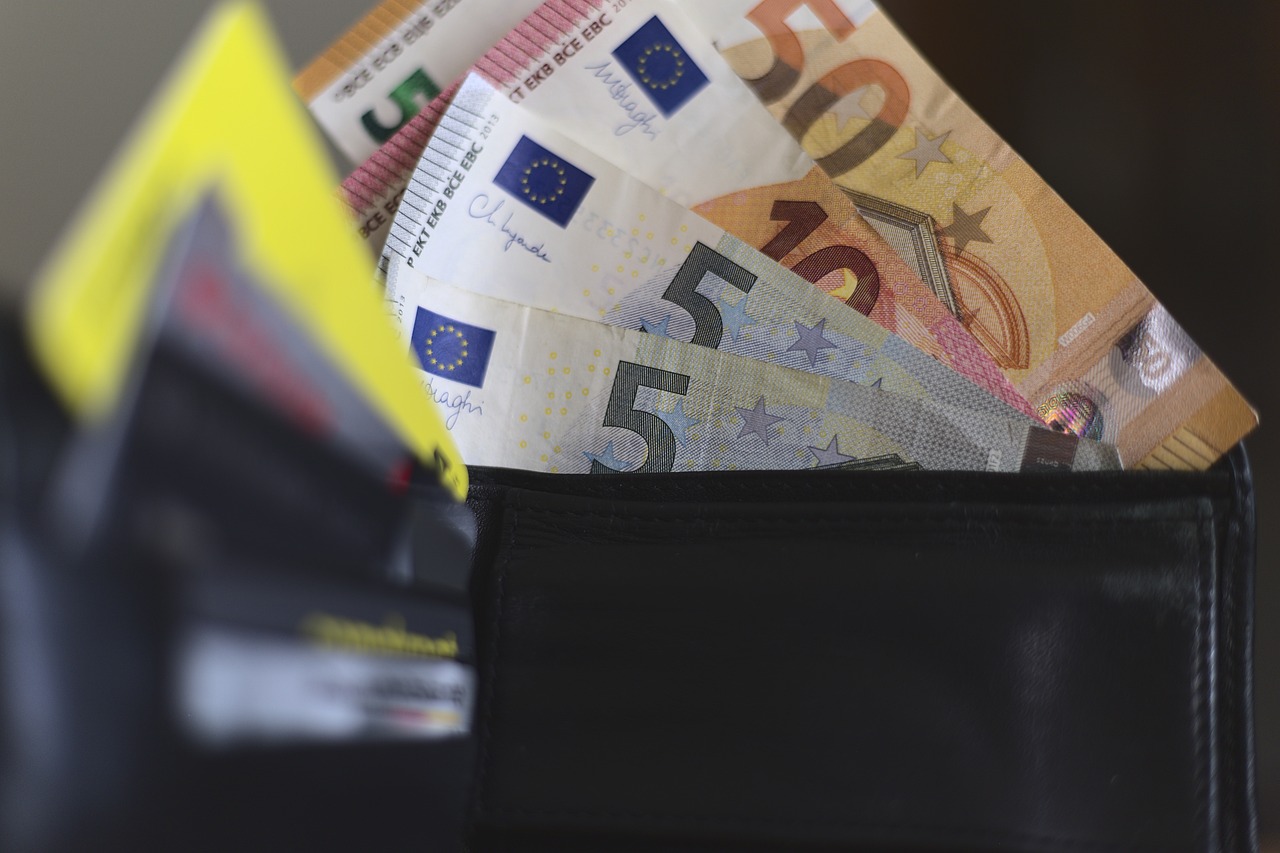Credit Card Payments: Disputes, Limits, Recurring, Declines & More
GPT_Global - 2025-09-10 19:30:46.0 20
What happens if I enter my credit card details incorrectly when making a payment?
When making an online remittance, entering your credit card details correctly is crucial for a successful transaction. If you type in the wrong information—such as an incorrect card number, expiration date, or CVV code—the payment will not go through. The system instantly verifies your details with the card issuer, and any mismatch results in a declined transaction.
A failed payment due to incorrect card details does not mean your money is deducted. Instead, the transaction remains incomplete, and you will need to re-enter the correct information to proceed. This protects you from unauthorized charges while ensuring your funds stay safe during the remittance process.
To avoid delays, always double-check your credit card details before submitting. If your card continues to be declined even with correct information, contact your bank or card provider to ensure there are no restrictions on international transactions. By entering accurate details and keeping your card ready, you ensure smooth and secure remittances every time.

How can I dispute a charge made with my credit card?
When sending money abroad, security and transparency are top priorities. However, sometimes unauthorized or incorrect charges may appear on your credit card. If you notice a suspicious transaction related to your remittance, you have the right to dispute it with your card issuer. Acting quickly can help protect your funds and restore trust in your money transfer process.
The first step is to review your credit card statement carefully. Identify the charge you do not recognize, then contact your credit card company immediately. Most issuers allow disputes to be filed online, through mobile apps, or by phone. Be ready to provide details such as the transaction date, amount, and why you believe it is incorrect.
During the investigation, the issuer may temporarily remove the charge from your balance while they verify with the remittance service provider. If the charge is proven unauthorized, it will be permanently reversed. This ensures you are not held responsible for errors or fraudulent activity, keeping your remittance experience safe and reliable.
By staying vigilant and knowing how to dispute a credit card charge, you can enjoy peace of mind while sending money overseas. Protecting your financial transactions builds trust and ensures smooth international remittances.
Can I set up recurring payments using my credit card?
```htmlSetting up recurring payments using your credit card is a convenient way to manage monthly subscriptions and services. For remittance businesses, this feature can help streamline payments, ensuring you never miss a due date. Many services, such as utility bills, loan repayments, and even subscriptions, allow you to authorize automatic charges on your credit card, saving time and avoiding late fees.
To set up recurring payments, simply link your credit card to the service provider’s platform. After confirming the payment schedule, your card will be charged automatically on the set dates, eliminating the need for manual intervention. However, always ensure you have sufficient credit to avoid declined payments and potential penalties.
For remittance businesses, this feature also enables more secure and efficient transactions for your customers. With recurring payments, they can ensure their remittance fees are paid on time, reducing the risk of interruptions in their financial transactions. Additionally, automatic billing simplifies accounting, making it easier for businesses to track payments and manage cash flow.
```Is there a limit on the amount I can send using a credit card?
When sending money abroad, many customers wonder: is there a limit on the amount I can send using a credit card? The answer often depends on your credit card provider, the remittance company you choose, and the country regulations. Credit card issuers usually set daily or monthly transaction limits, which can directly affect how much you can send at once. Additionally, remittance services may apply their own maximum transfer caps for security and compliance reasons.
For example, some remittance platforms allow transfers of several thousand dollars per day via credit card, while others may restrict the amount to smaller sums. These restrictions help prevent fraud and ensure transactions meet international money transfer regulations. It is always best to check both your card limit and the remittance provider’s policies before initiating a transfer.
If you need to send larger amounts, you might consider alternative payment methods such as bank transfers, which often allow higher limits with lower fees. Ultimately, using a credit card for remittances provides convenience and speed, but being aware of potential limits ensures your transaction goes smoothly. Always review terms carefully so you can plan your money transfer without surprises.
How can I track the status of a payment made with my credit card?
Here’s a draft SEO article within your requested length and format: ---When you make an international remittance with your credit card, it’s natural to want to track the payment status. Monitoring your transaction ensures peace of mind and helps you confirm that the funds have reached your recipient without delay.
The first way to track your credit card payment is through your bank or card issuer’s mobile app or online portal. Most providers display pending and completed transactions in real-time, allowing you to check the status anytime. You can also enable alerts via SMS or email for instant updates on your remittance activity.
Another reliable method is to log in to the remittance provider’s website or mobile app. Many money transfer services offer tracking numbers that let you see exactly where your payment is in the process. This transparency ensures you always know whether your transfer is pending, processing, or successfully delivered.
If you encounter unexpected delays, don’t hesitate to contact customer support. Providing your transaction ID and payment details will help the support team quickly verify the status. By actively tracking your credit card payments, you can enjoy a smoother remittance experience and guarantee your recipient receives funds on time.
What do I do if my credit card payment is declined?
Credit card payments can sometimes be declined, leaving you frustrated and uncertain of what to do next. If you are a customer of a remittance business, this issue can complicate sending funds to your loved ones. Here's what you should do if your credit card payment is declined.
First, check if your credit card has enough available credit for the transaction. Sometimes, declines happen simply because you’ve exceeded your limit. Contact your credit card provider to confirm if this is the case and request a credit increase if necessary.
If your credit limit is fine, verify that the payment information you entered, such as your card number, expiration date, and CVV, is accurate. Typos or outdated details could lead to a payment decline. Also, ensure that your card is authorized for international transactions if you’re sending money abroad.
If the issue persists, try using an alternative payment method like a debit card or bank transfer. Remittance businesses often offer various options for sending money. Finally, contact customer support for assistance in resolving the problem and completing your transaction smoothly.
Can I send a payment with a prepaid credit card?
Prepaid credit cards have become a popular option for many individuals looking for a secure and convenient way to manage their money. A common question arises: "Can I send a payment with a prepaid credit card?" The answer is yes, in most cases, you can use a prepaid credit card to send payments, especially for remittances.
Remittance services typically accept prepaid cards just like traditional credit cards. They allow you to transfer funds to family or friends abroad or pay for goods and services. However, it’s important to ensure that the prepaid card has sufficient balance and is not restricted by the provider. Some prepaid cards might have limitations on international transactions or the ability to make certain types of payments.
Additionally, ensure the remittance provider you choose accepts prepaid cards as a payment method. Some services may require a more traditional payment method, such as a bank account or debit card. Always check the terms and conditions of both your card issuer and remittance service before proceeding.
Using a prepaid credit card for remittances is a convenient and safe way to send money, as long as you are aware of potential restrictions and choose a reliable remittance service.
About Panda Remit
Panda Remit is committed to providing global users with more convenient, safe, reliable, and affordable online cross-border remittance services。
International remittance services from more than 30 countries/regions around the world are now available: including Japan, Hong Kong, Europe, the United States, Australia, and other markets, and are recognized and trusted by millions of users around the world.
Visit Panda Remit Official Website or Download PandaRemit App, to learn more about remittance info.



